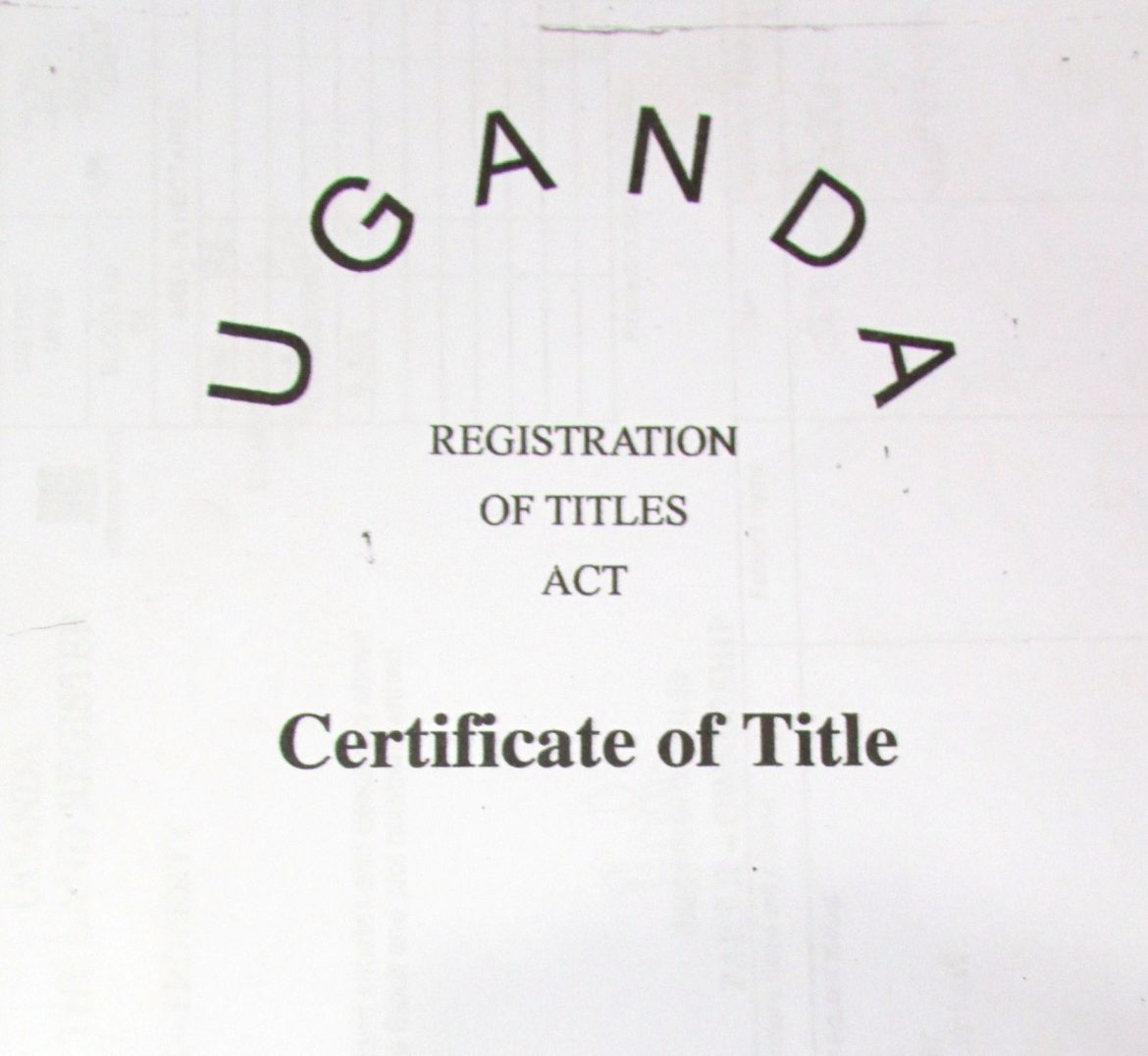
DUTIES OF A LAND SURVEYOR
The main responsibilities of a land surveyor range from developing land survey reports and performing calculations of measurements and evaluations. Here’s a detailed version of the 13 duties of a land surveyor.
1) Prepare and maintain sketches, maps, reports, and legal descriptions of surveys to describe, certify, and assume liability for work performed.
2) Verify the accuracy of survey data, including measurements and calculations conducted at survey sites.
3) Direct or conduct surveys to establish legal boundaries for properties, based on legal deeds and titles.
4) Record the results of surveys, including the shape, contour, location, elevation, and dimensions of land or land features.
5) Calculate heights, depths, relative positions, property lines, and other characteristics of terrain.
6) Prepare or supervise the preparation of all data, charts, plots, maps, records, and documents related to surveys.
7) Write descriptions of property boundary surveys for use in deeds, leases, or other legal documents.
8) Plan and conduct ground surveys designed to establish baselines, elevations, and other geodetic measurements.
9) Search legal records, survey records, and land titles to obtain information about property boundaries in areas to be surveyed.
10) Coordinate findings with engineering and architectural personnel, clients, and others concerned with projects.
11) Establish fixed points for use in making maps, using geodetic and engineering instruments.
13) Determine longitudes and latitudes of important features and boundaries in survey areas, using theodolites, transits, levels, and satellite-based global positioning systems (GPS).
In conclusion: After reading this the next time you see a land surveyor, you won’t be confused about what they do. If you have any land title issues ranging from land surveying to land title processing, give us a call or pass by our office on LUBA House -Mpererwe.
Call: 0773259007 or 0757444666 or,
email: info@lubaproperties.ug






